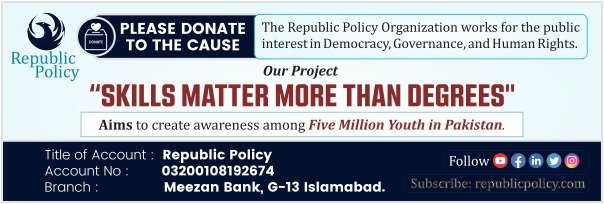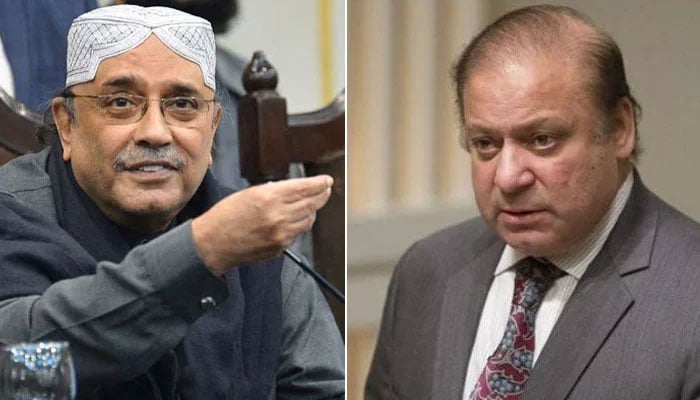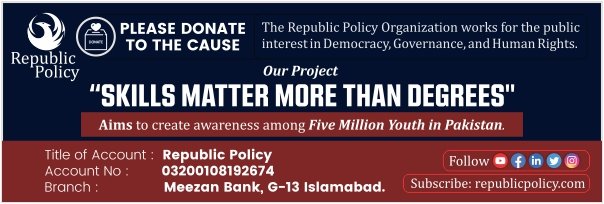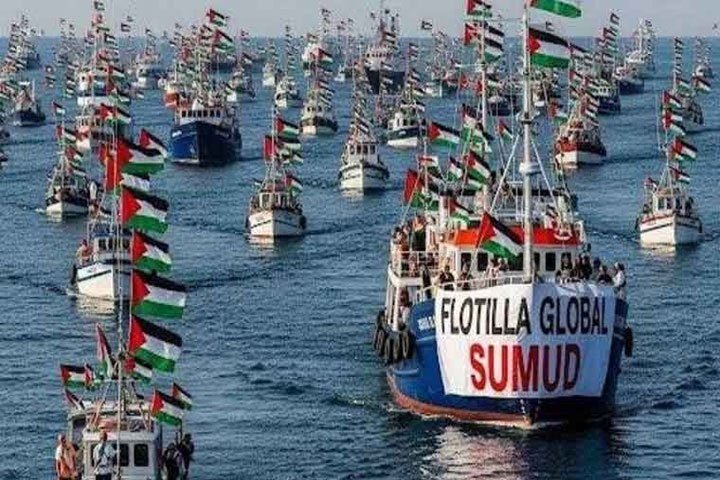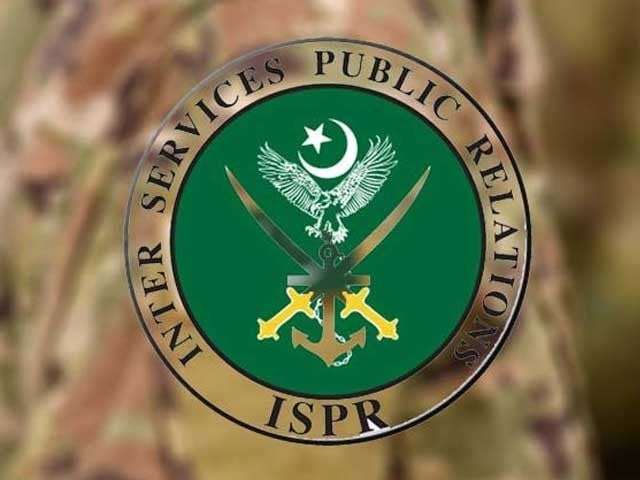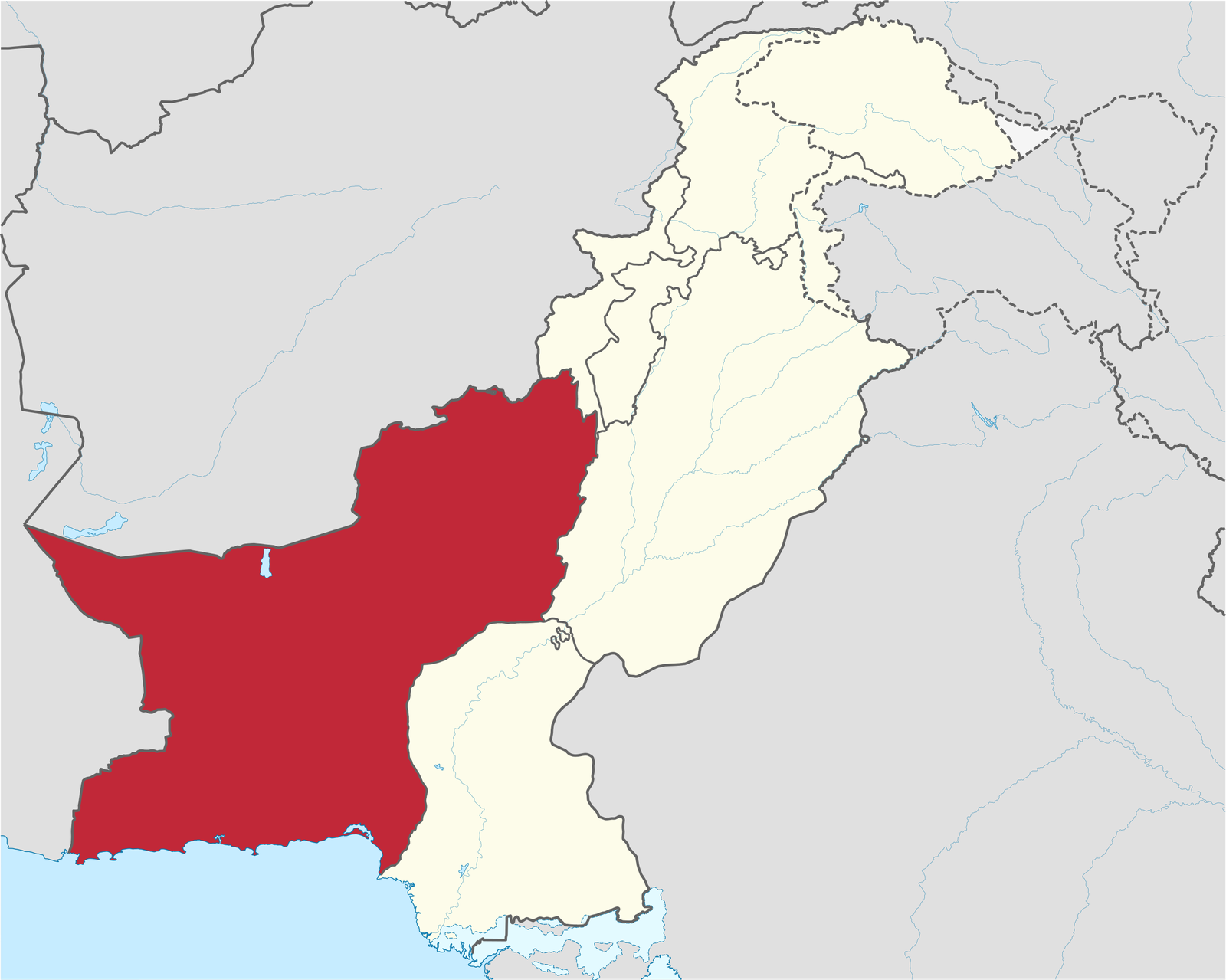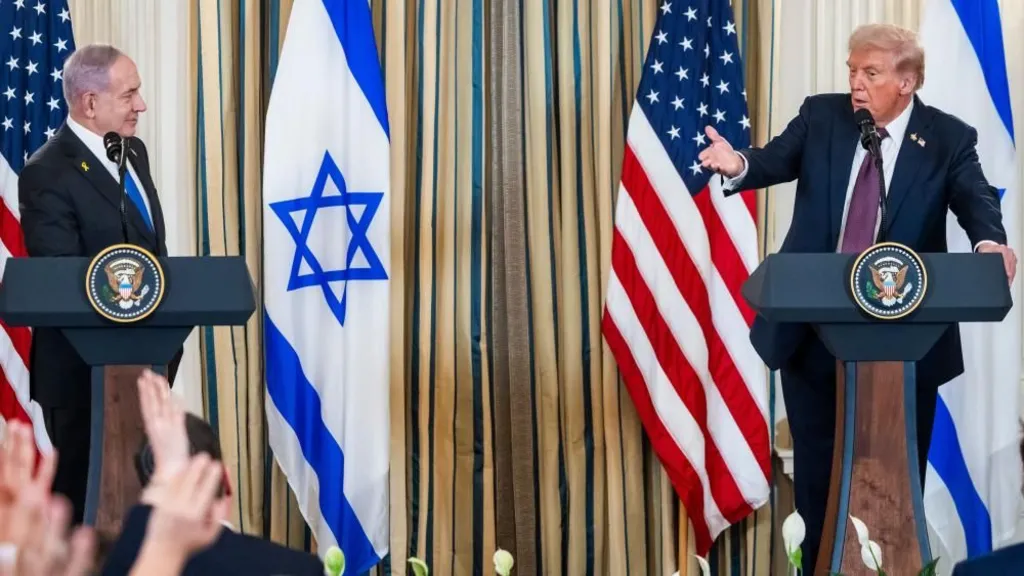Editorial
In the current intricate landscape of Pakistan’s political arena, the Pakistan Peoples Party (PPP) and the Pakistan Muslim League-Nawaz (PML-N) have, by necessity, become each other’s indispensable insurance policies. This symbiotic relationship is not merely a matter of political convenience but a fundamental structural imperative that dictates their collective survival and, indeed, their hold on power. In an environment where the Pakistan Tehreek-e-Insaf (PTI) continues to command significant popular support – widely believed by many critics to have genuinely won the contested 2024 elections – the ruling coalition’s cohesion is paramount.
The narrative surrounding the 2024 elections suggests a managed outcome designed to elevate the PPP and PML-N into power, both at the federal level and in various provinces, with the notable exception of Khyber Pakhtunkhwa. This perceived electoral manipulation has cemented their interdependence. Should either party choose to sever this coalition, the political vacuum created, coupled with the PTI’s enduring popularity, could irrevocably destabilize their collective governance. Their shared interest in maintaining governmental authority, therefore, transcends individual party ambitions and forms the bedrock of their alliance. This is not about ideological alignment but about a pragmatic understanding of political realities.
Consequently, the occasional public disagreements, the strategic distancing, and the nuanced rhetoric often observed between the PPP and PML-N should be interpreted not as genuine threats to their partnership, but rather as calculated political imaging, posturing, and symbolism. These theatrics serve to maintain an illusion of independent political identity for their respective voter bases, while beneath the surface, the commitment to their coalition remains unshakeable. They are structurally bound by their common interest: to remain in power. Any outward display of friction is merely a superficial layer over an intrinsically linked political destiny.
For the foreseeable future, this political arrangement is likely to persist, driven by the mutual recognition that their fates are intertwined. The alternative – a return to an electoral landscape dominated by the PTI – is a risk neither party can afford to take. Their continued alliance is less a testament to shared vision and more a stark reflection of strategic necessity in a fiercely competitive and often controversial political environment.


